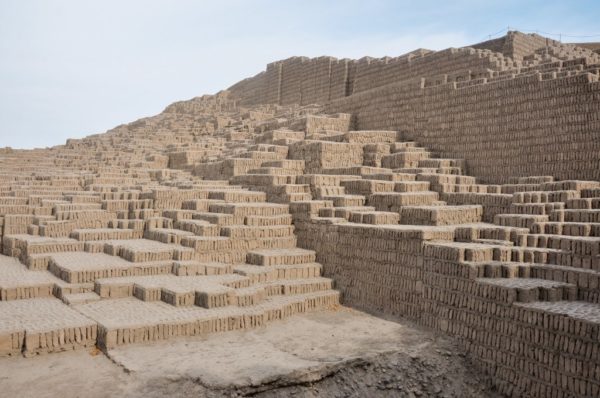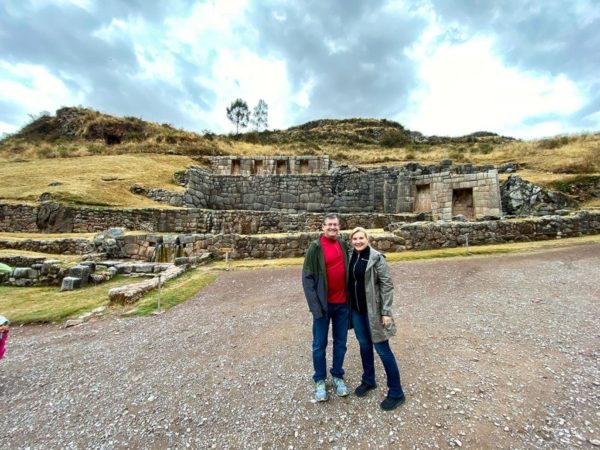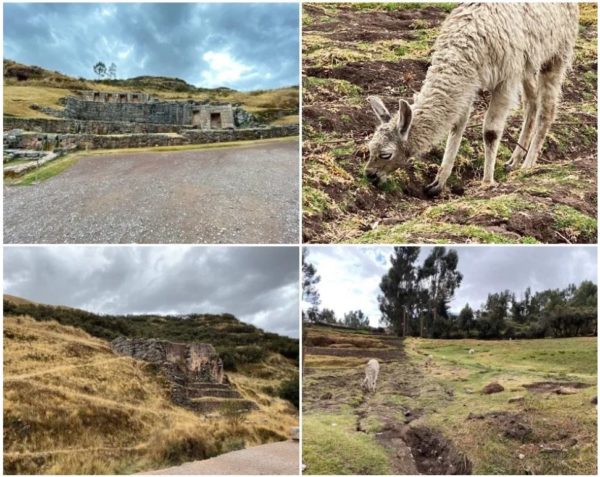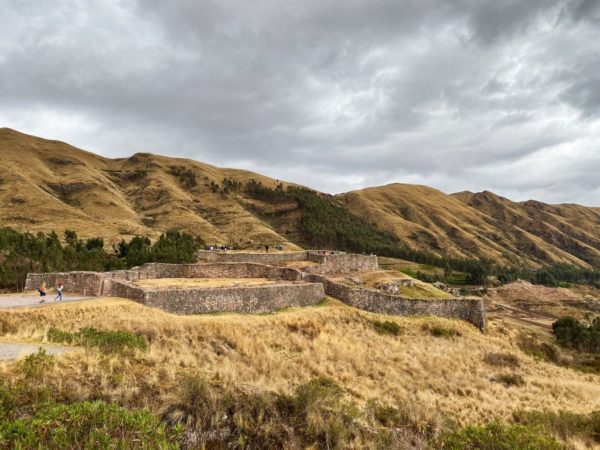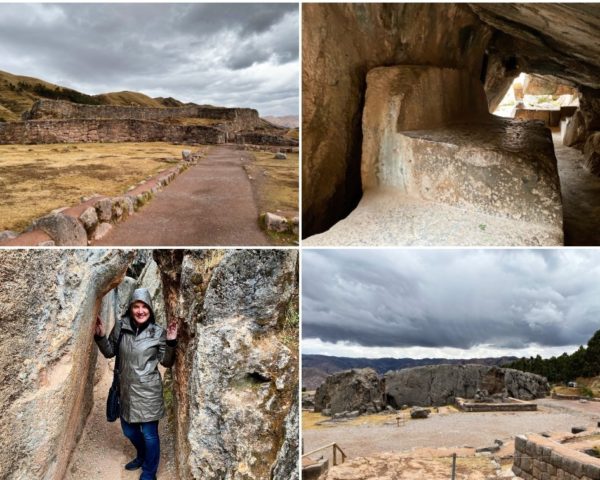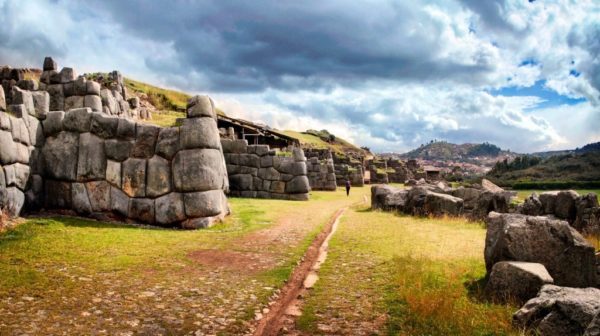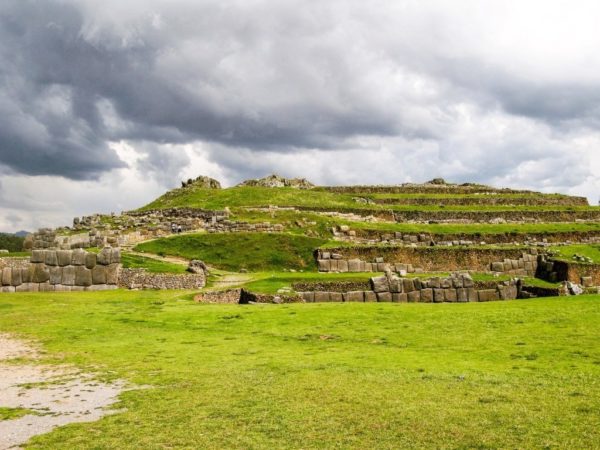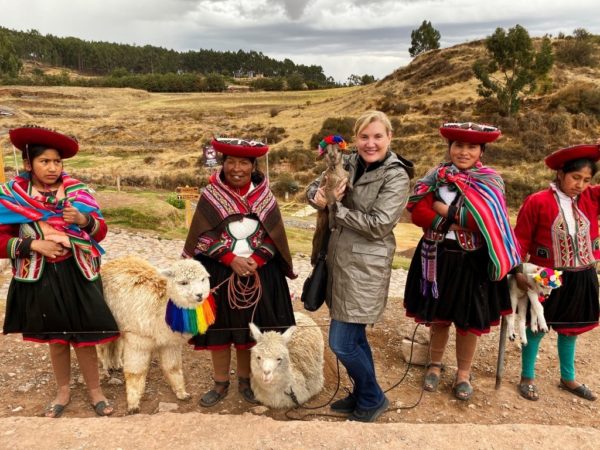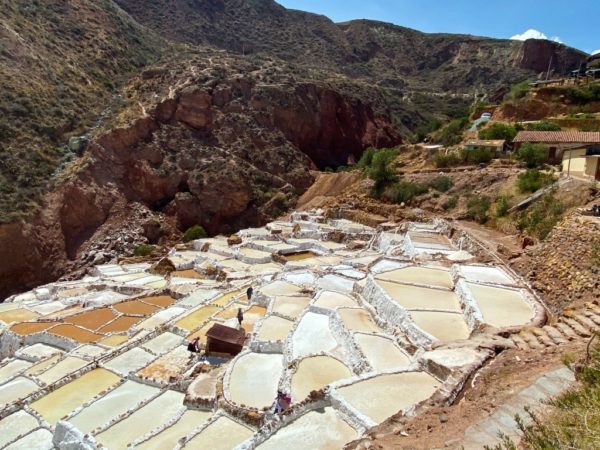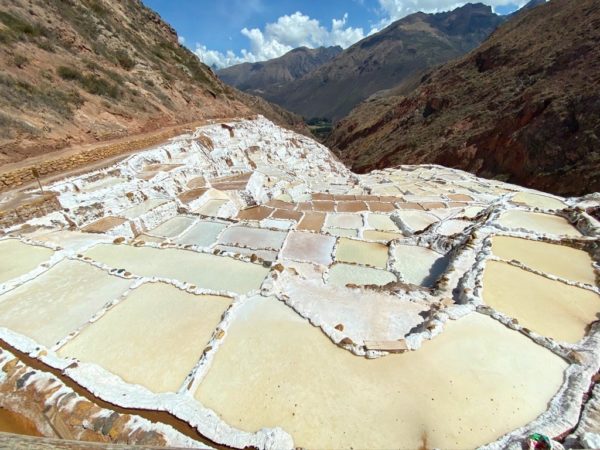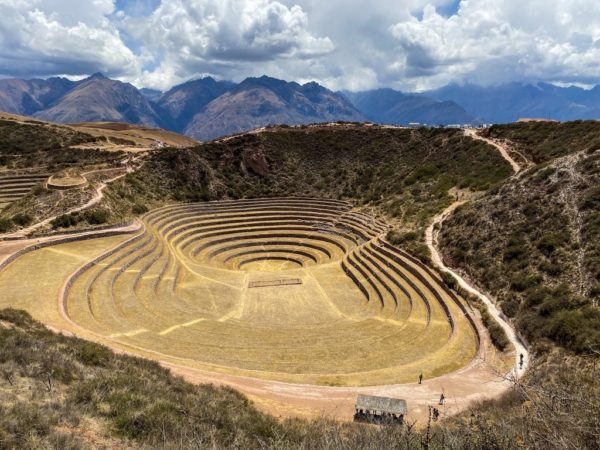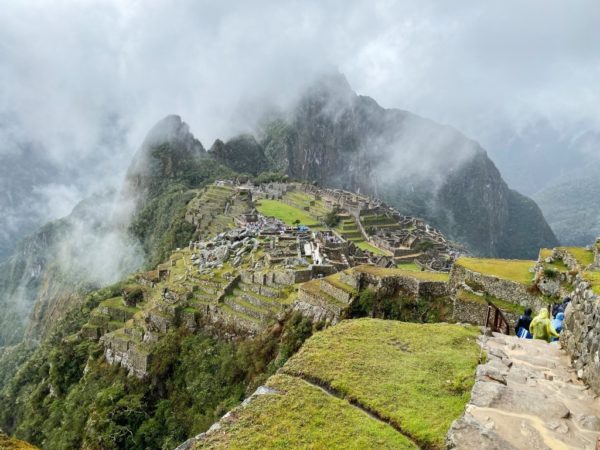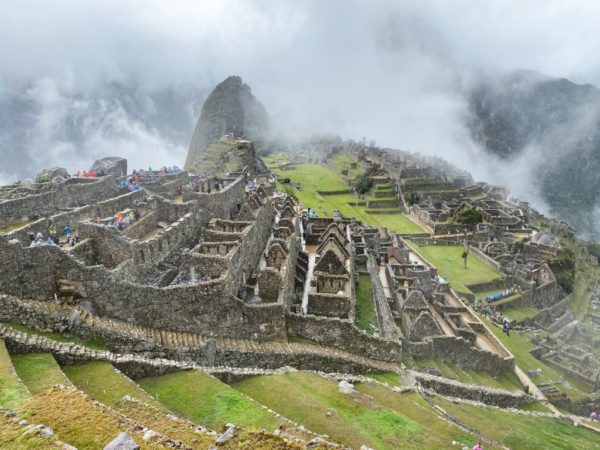Visiting Archeological Sites in Peru with Yampu Tours
- Yampu Tours
- Cultural Tours Essential Must-sees Luxury Travel Peru Press South America Tips for Travel
- 42 Comments
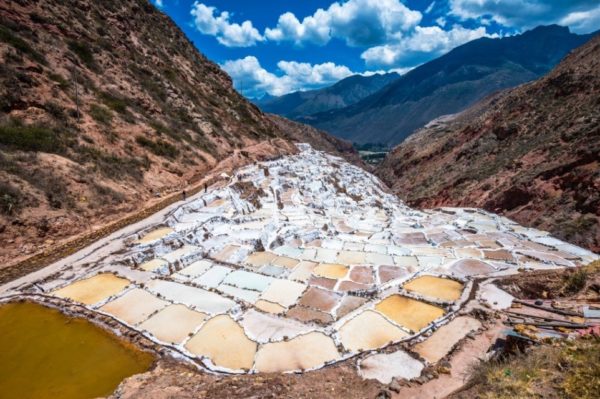
Visiting Archeological Sites in Peru with Yampu Tours
By Guest Blogger and Luxury Travel Expert, Carmen Edelson
On my recent trip to Peru with Yampu Tours, I had the opportunity to explore many parts of the country with their local guides. From Lima to Cusco, I enjoyed getting to know the history, culture, and culinary delights of the Peruvian people. A trip to Peru isn’t complete without visiting the famous Machu Picchu in the Sacred Valley. However, this archeological site made famous by the Incas isn’t the only ancient place we explored.
From iconic sights to going off the beaten path, Yampu Tours shared the best of the best with us while traveling through Peru!
Huaca Pucllana:
Our trip began in Lima where we visited a must-see ancient site – Huaca Pucllana!
Between 200 to 700 AD, this was once a great clay and adobe pyramid, built from seven staggered platforms. Historians have concluded that this was an important place for ceremonial and administrative business. The people here were most known for mastering a fantastic irrigation system. Lima is surrounded by a desert climate, so this helped carry water from springs and rivers to the towns.
Next came the Wari people after 700 AD, where they used Huaca Pucllana as mostly a burial site for the nobility. In fact, the first fully intact tomb from this time was found recently in 2008. Now when you visit, you can tour the grounds, visit the museum with artifacts found from the site, or dine in their high end restaurant that overlooks the ruins.
Tambomachay:
Once we were in Cusco, we spent an entire day with Yampu Tours exploring historic sites outside of the city center. Our first stop was Tambomachay, which was developed by the Inca Empire from about the 13th century to the mid 1500s.
Consisting of a series of aqueducts, canals and waterfalls that run through terraced rocks, these were known as the Inca fountains. The exact purpose of Tambomachay is still uncertain. However, some historians guess that it was either a spa resort for the Incan elite, or used as a military outpost that guarded the approach to Cusco.
Puka Pukara:
Our next stop was Puka Pukara, also known as the Red Fortress. Since it is a fortress, historians are certain that these are military ruins from the Inca Empire.
The structure is made out of huge walls, staircases, and terraces which helped defend nearby Cusco and the surrounding areas. It is suspected that this fortress was built in a rush because of how irregularlyly shaped and stacked the stones are in the walls. Because there are traces of luxurious baths, plazas, and fountains that once stood on this site, historians believe this was also a place of rest for Incan nobles.
Sacsayhuamán:
Unlike the stones found at Puka Pukara, Sacsayhuamán is an Incan wall complex that was just about perfect in terms of engineering and construction.
Here you can discover some of the biggest blocks ever found from the Incan Empire. Across the 3-stepped sections of the remaining walls, there are huge stones stacked together. It seems as if each piece of stone was custom carved to fit in their given space. Sacsayhuamán is believed to be the remains of a much larger fortress that once stood here. This is certainly an impressive site to behold!
Maras Salt Mines:
Located between Cusco and Machu Picchu, we stopped at the Maras Salt Mines on our Yampu Tour.
The landscape here is both unique and stunning. Even more impressive is the fact that these salt ponds are still used exactly as the Incas once used them. In return, the salt gathered here is some of the best in the world! These polygon-shaped ponds carefully control the flow of water and are closely monitored. To this day, the salt ponds are assigned to members of the community and the size of a salt pond depends on the size of the family.
Moray – Kjuchimuyu:
Another fascinating archaeological site created by the Incas is Moray, located just west of Maras.
Located on a high plateau of over 11,000 feet, you can easily look out over many terraced circular depressions. There is an irrigation system here so most people believe this was used for farming back in the day. Fun fact: the great depth and design of Moray creates a significant temperature difference of almost 30 degrees Fahrenheit between the top and the bottom of the site!
Machu Picchu:
Last but certainly not least, we visited the bucket-list worthy site of Machu Picchu.
From Cusco, we took a train through the Sacred Valley and up to the town of Aguas Calientes where we stayed for a night. From the town, we boarded a bus to Machu Picchu and met our local guide there. This Lost City of the Incas used to be a flourishing agricultural and ceremonial site. This was the gateway to the beautiful jungle marsh of the Inca Empire!
Seeing the famous ruins amongst the bright green mountain peaks is a memorable experience. The llamas that call Machu Picchu home are so adorable and fun to photograph. I absolutely loved strolling through the ancient citadel, learning about the magic and mystery of this place. Despite the crowds that visit Machu Picchu, it is a must-see when visiting Peru. Yampu provided an excellent local guide to make our Peruvian adventures complete!
About the author
Carmen Edelson is the Founder of Carmen’s Luxury Travel. Carmen has been traveling the world for over a decade. Our travels allows her the opportunity to pursuit her itch to travel to the best luxury destinations, and experience those first class tastes from around the world.
Tags:

